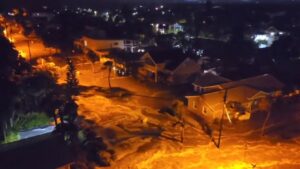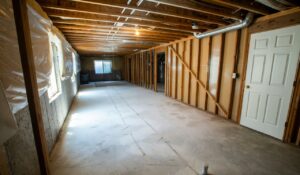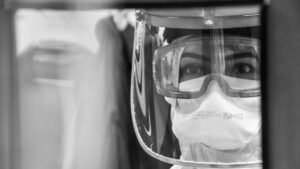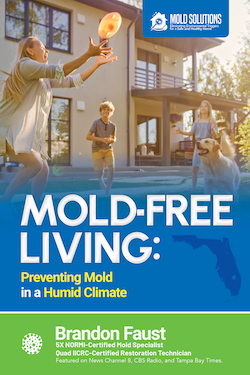Black mold, scientifically known as Stachybotrys chartarum, can be a big problem in homes, particularly in damp or water-damaged areas.
Most but not all of the mold horror stories you’ve heard (if you ever have heard any), are a result of “Black mold” that was ignored or unknown. Other mold types can make a major mark as well, but “Black mold” tends to be the worst — it requires “large” amounts of usually stagnant water over a long period of time in order to grow.
Black mold can be hard to spot for the same reasons it’s growth conditions are hard to spot: They are often hidden, and if they weren’t, we’d do something about them quickly — we’d mop up the puddles, dry out the carpet, etc.
But they’re hidden below floorboards or behind cabinets and cupboards and so stay that way for a long enough time for some “Stranger Things” type growths to take root from The Upside Down world — but not all black mold will be that extensive or obvious.
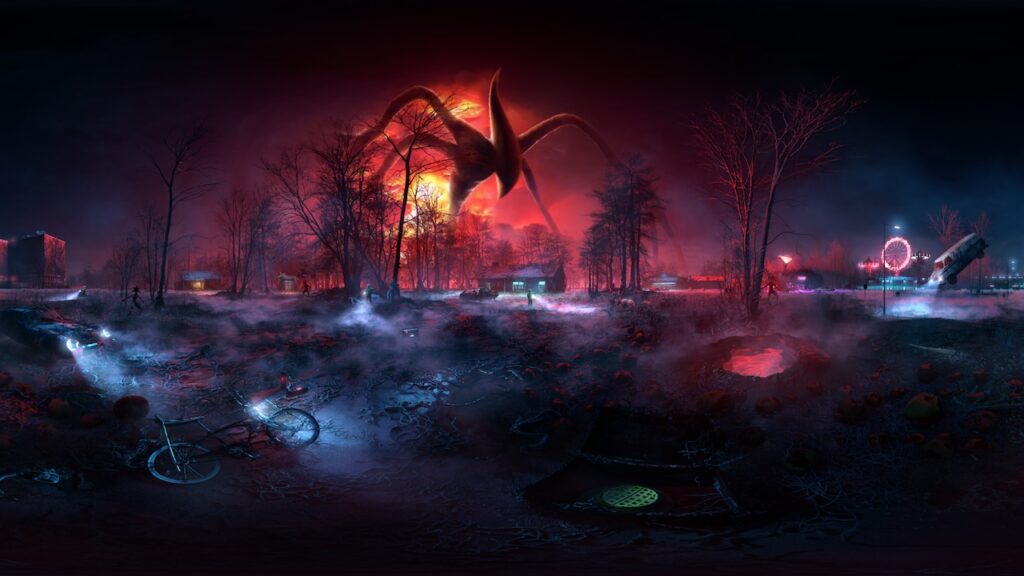
Signs of Black Mold
Here are some of the most common signs that black mold might be a problem in a home:
- Visible Growth: The most obvious sign of black mold is its presence. It appears as dark black or greenish-black patches on surfaces such as walls, ceilings, or floors. It can often be found in areas with high humidity, such as bathrooms, kitchens, or basements.
- Musty Odor: A musty, earthy, or mildew-like odor often indicates mold growth. It’s particularly noticeable in enclosed spaces or when entering a room that’s been closed off for a while.
- Water Damage: Areas that had water damage, leaks, flooding, storms, or very high humidity are susceptible to mold growth. Discoloration, water stains, or materials warping can indicate past water damage and potential mold growth.
- Health Symptoms: Exposure to black mold causes health issues, especially in people with allergies, asthma, or compromised immune systems—and children and the elderly. If they say they suspect it, please listen and act. Symptoms may include coughing, sneezing, sore throat, nasal congestion, skin irritation, and headaches. Persistent health issues without a clear cause might indicate a mold problem.
- Condensation: High levels of condensation on windows, pipes, or walls can indicate excessive moisture inside a home in general, which will eventually cause mold growth. Black mold, however, is unlikely to grow from humidity alone, it needs a bit more water than humidity alone.
- Peeling or Bubbling Paint/Wallpaper: Peeling paint and peeling, bubbling, or cracking wallpaper, is a sign of water damage and mold growth.
- Persistent Allergic Reactions: If you or someone in your family experiences allergic reactions that seem to get worse while at home, you may have a mold problem. It may or may not be “Black mold,” but mold of some kind is highly likely, particularly if any of the other signs on this list are also present.
Just Because You Can’t See It…
Not to be alarmist, but “black mold” can cause problems even when you can’t see it.
What this means for you is that if you suspect you might have black mold hiding/growing somewhere, trust your intuition.
At least enough to call a mold remediation company for a free environmental consultation.
But whatever you do, it’s best to tackle your concerns and questions, and get black mold professionally treated (removed) if it is actually a problem.
Black mold (and other mold types) can grow behind walls, under floors, or above ceiling tiles where it’s not immediately visible, and hidden mold can still cause problems.




